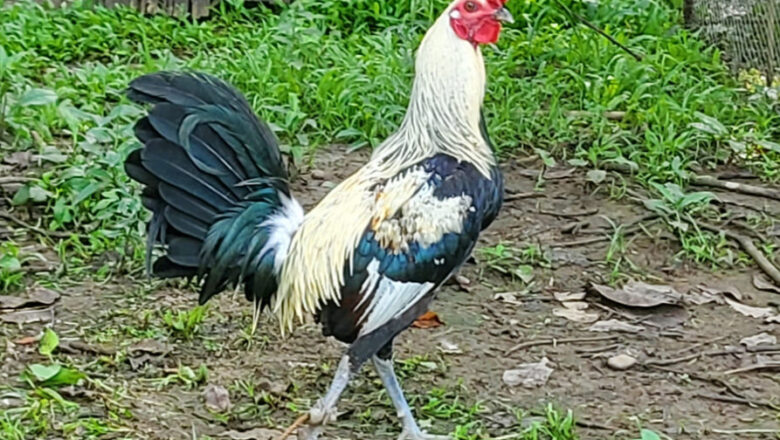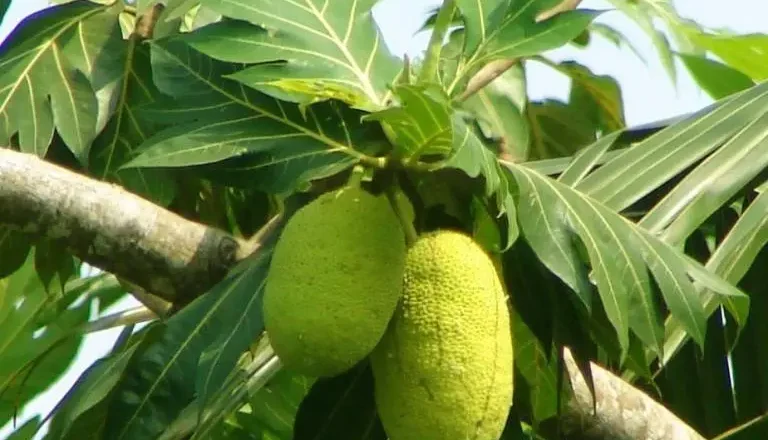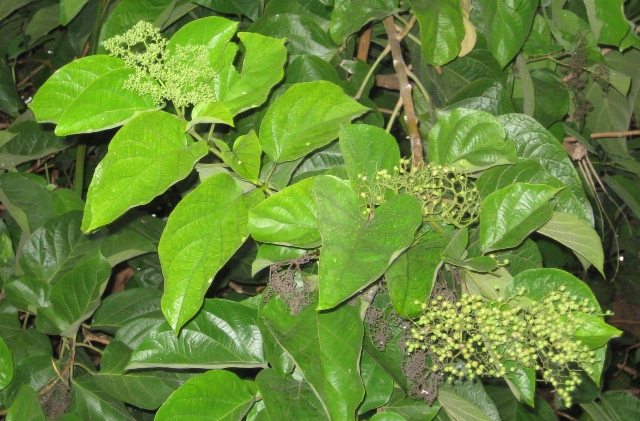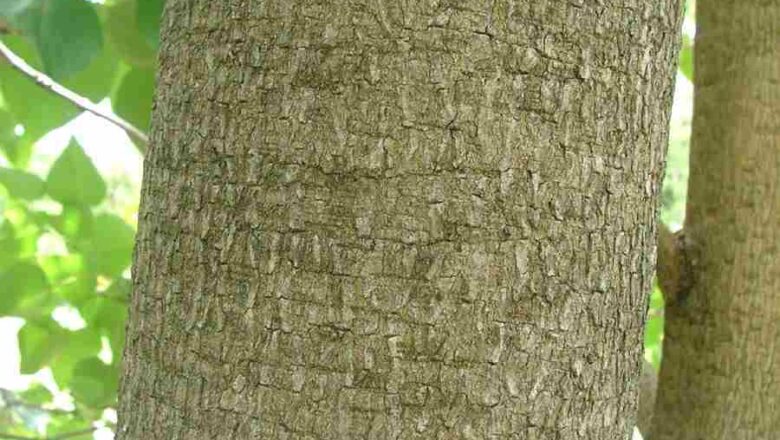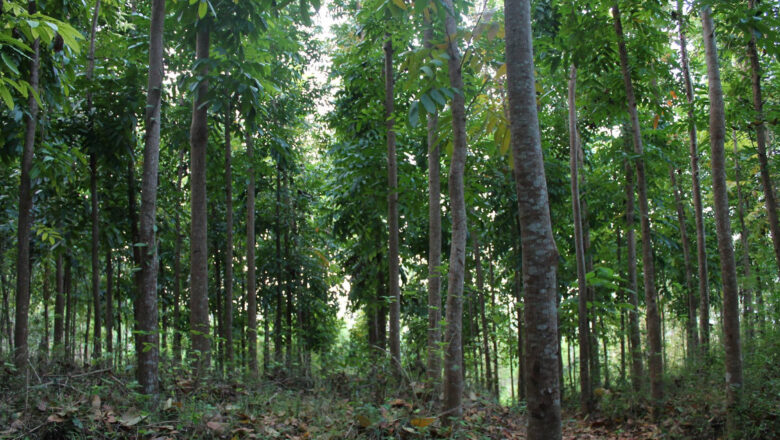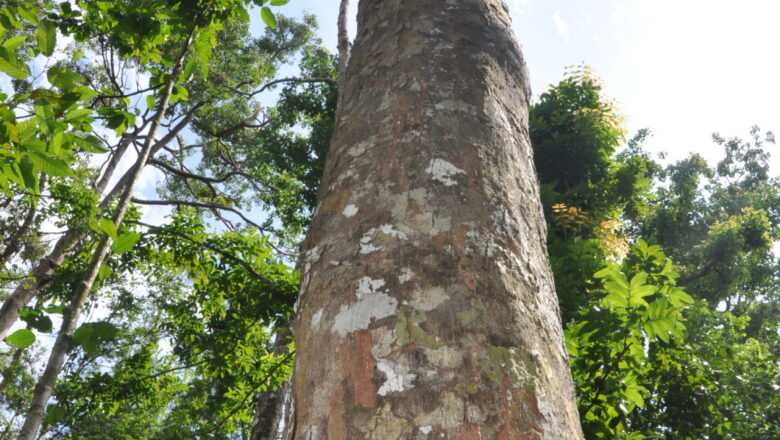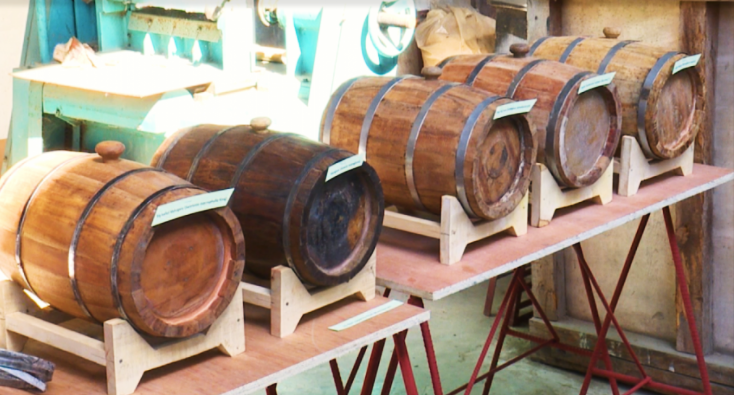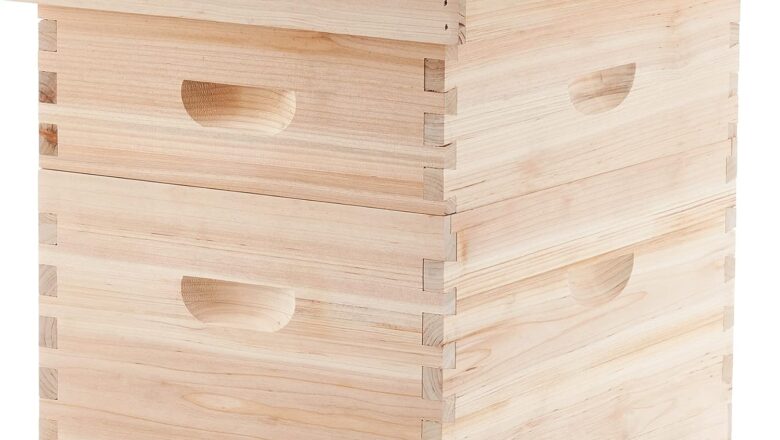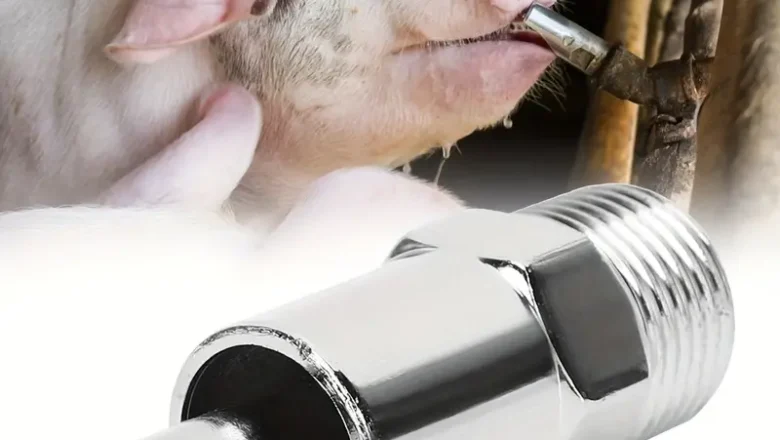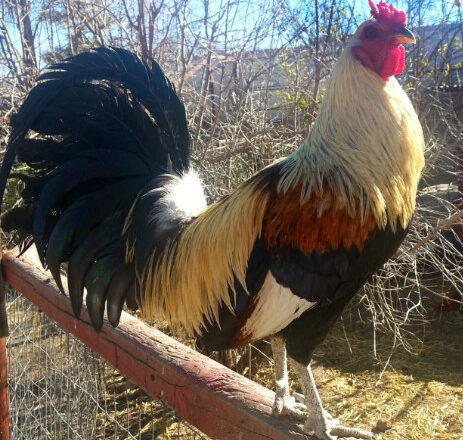
Bennett Grey Gamefowl History and Fighting Style
tt GreyAre you a fan of gamefowl and looking for the perfect breed to add to your flock? Look no further than the Bennett Grey Gamefowl. This exceptional breed boasts a rich history, unique physical characteristics, and an impressive fighting style that will leave any opponent in awe. These birds, Developed by Bob Bennett, are sure to impress even the most experienced breeder or enthusiast. So, let's dive into the fascinating world of Bennett Grey Gamefowl and discover what makes them so unique!
Bennett Grey Gamefowl History and Origin
Bennett Grey Gamefowl is a breed developed by Bob Bennett, an avid gamefowl breeder. Bob was passionate about breeding and raising chickens, and the Bennett Grey breed was one of his crowning achievements.
Bob's goal in developing this breed was to crea...

